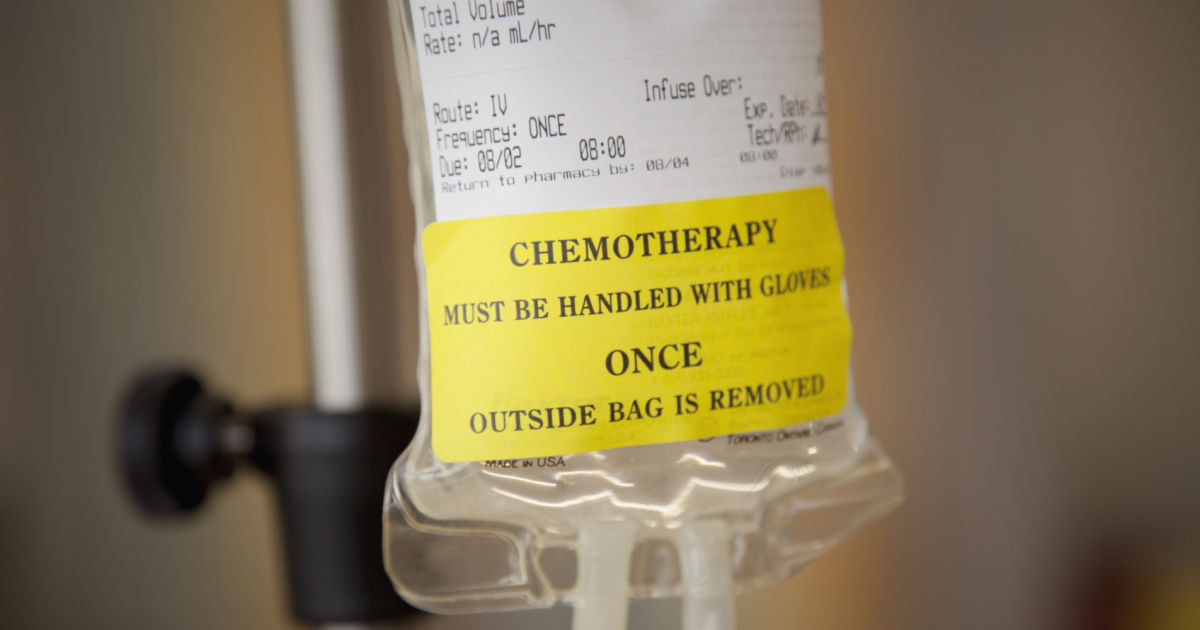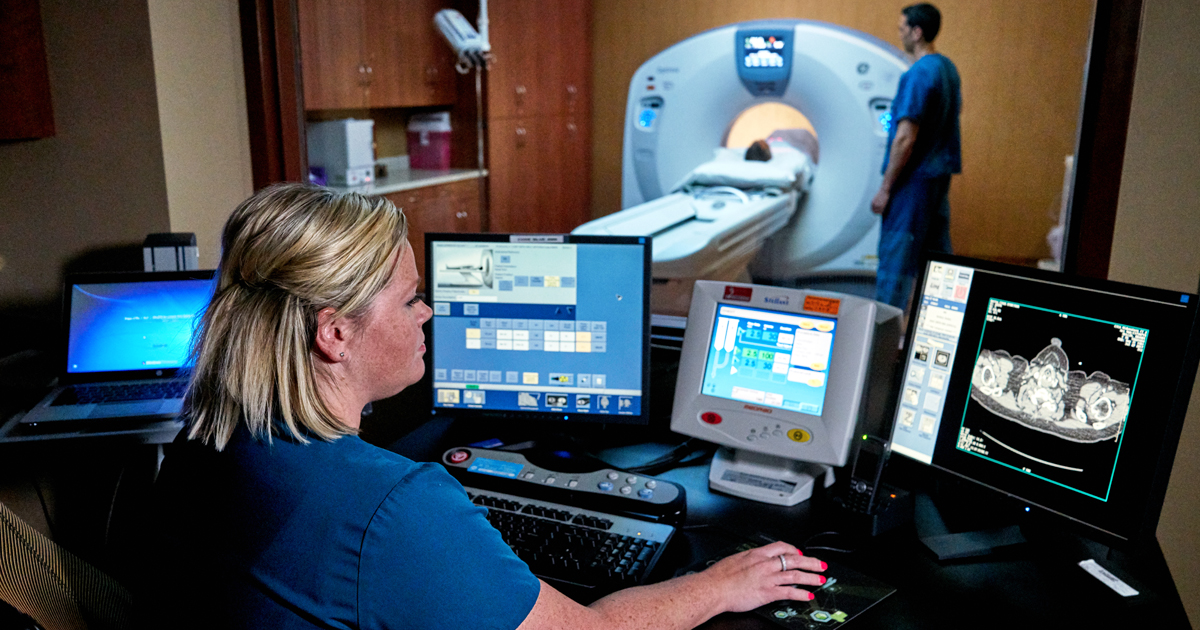Options For Bone Cancer Treatment
Chemotherapy

Certain bone cancers, including osteosarcoma and Ewing sarcoma, may be treated with the use of chemotherapy. Other types of bone cancers do not respond well to chemotherapy, so it is generally only used in certain cases. Bone cancer that has spread to other parts of the body is often treated with the use of chemotherapy, as it works well on tissues that are not bone. Chemotherapy treats cancer cells throughout the entire body, and it has intense side effects as a result of that property. The damage chemotherapy inflicts on the healthy cells of the body can cause the affected individual to have severe nausea, vomiting, hair loss, sores in the mouth, appetite loss, low white blood cell count, low platelet count, fatigue, and shortness of breath. However, additional medications can help with the management of these side effects in patients undergoing chemotherapy.
Radiation Therapy

Most cases of bone cancer are not treated with radiation therapy as the first-line method of treatment. Radiation can easily damage neighboring tissues of the bone that contain cancer because it only works at very high doses. Bone cancer that cannot be resected can be treated with radiation therapy. Radiation therapy is also used in some cases following surgery to kill off any cancer cells left behind. Radiation therapy uses a machine to direct high-energy particles or rays at the tumor to damage the DNA inside of the cancerous cells, causing them to die. Intensity-modulated radiation therapy is a type of radiation where the shape of an individual's tumor can tell the radiation machine where to aim the beams and how intense they need to be. This type of radiation is delivered from several different angles. Proton beam radiation utilizes protons to kill off the cancerous cells. This type of radiation is very advanced and can kill cancer cells well without causing damage to surrounding tissues. Extracorporeal radiation is rarely used, but it involves the removal of the cancerous bone so it can be treated with radiation therapy before it is placed back into the body.
